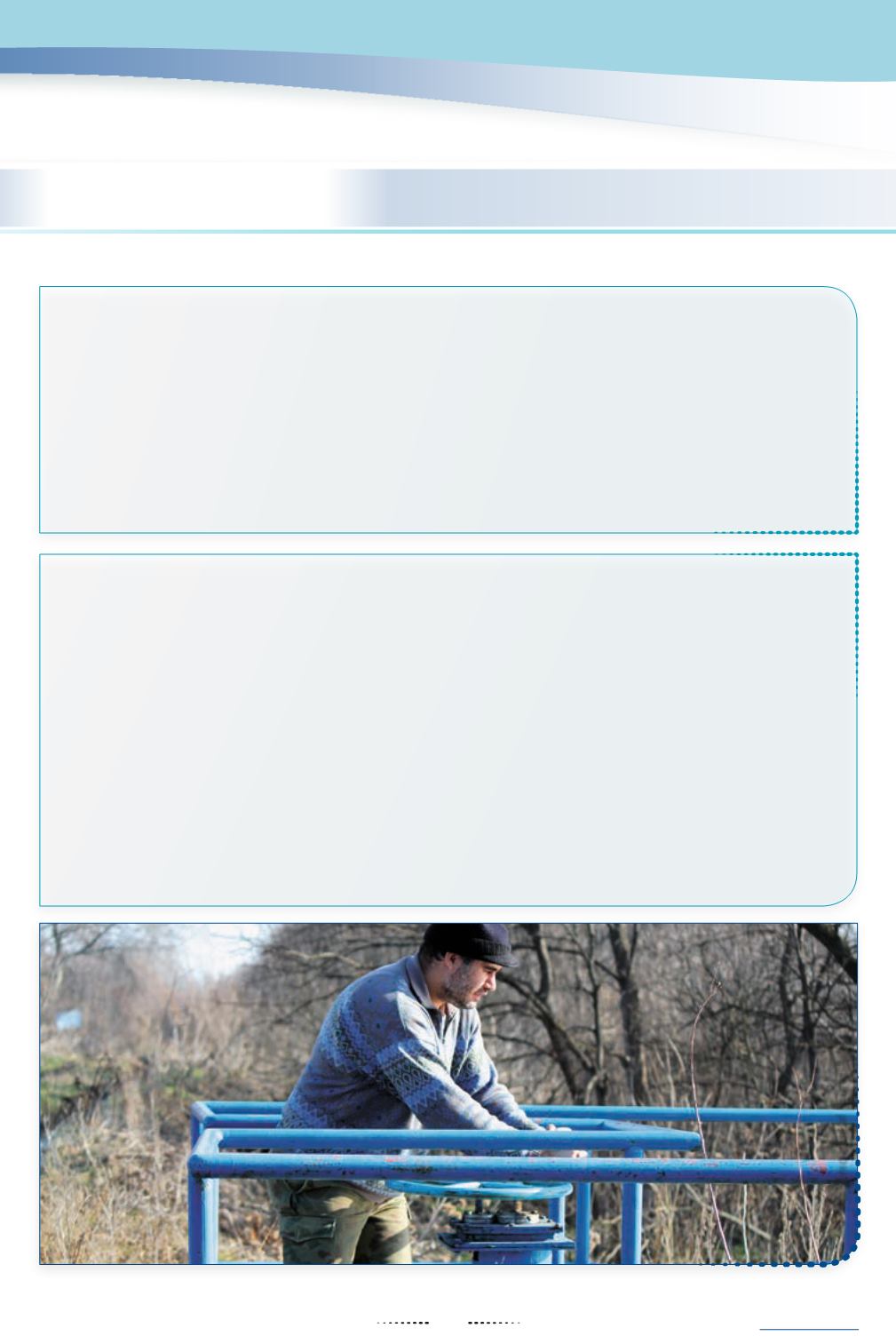
85
M
obilisingfinancialresources
No economic and financial analysis was carried out prior the project start because of the emphasis on wetland restoration
and biodiversity conservation, as opposed to revenue generation. However, the Project Appraisal included an incremental
cost analysis and an analysis of
cost-effectiveness
for the removal of nutrients. It indicated that the project would be
cost-effective at reducing nutrient loads in the Danube River. Total cost-effectiveness ratios were estimated at €1.15 to €4.40
per kilogram of nitrogen and €25.50 to €40.75 per kilogram of phosphorous removed annually.
The total cost of the wetland restoration project was M€9.7, including M€5.48 million for design and construction, M€0.6
for management and monitoring and M€3.6 for administrative costs (establishment of proper site management - including
elaboration of a Management Plan -, capacity building, technical assistance and monitoring). It was mainly financed by
GEF
/WorldBank
(M€5.35),
Statebudget
(M€2) and
EUPHARE
Pre-accession instrument (M€1.5).
Municipalities
contributed
M€0.07 and the Austrian government M€0.17. The long-term maintenance and operation will be ensured by State budget and/
or future grant contributions. No income loss is estimated for the wetland restoration: wetland restoration design physically
excluded flooding and adverse impacts on private lands, and there are no remaining unresolved issues related to the land
and property ownership or access to resources; thus no financial compensation was required.
G
overnance
The project was initiated by the Ministry of the Environment and Water of Bulgaria, which was a success factor for the
implementation. The Ministry took charge of the
overallprojectmanagementand implementation,
including subcontrac-
ting of studies, technical design and construction works. NGOs also supported the project. Delays to the project occurred as
a result of administrative difficulties related to land ownership/statute.
Participatory approaches
to wetland restoration
design were critical for the project success, which hinged on changing people’s
perceptions
of wetlands, and gaining the
full support for restoration among authorities and stakeholders. Local Consultative Councils and public awareness campaigns
effectively supported stakeholder involvement. Today, Persina Nature Park Directorate is involved in long-term maintenance
and monitoring of impacts, which ensures continued future operation of the NWRM. The Danube River Basin Directorate is
responsible for monitoringWFD compliant quality elements, and integration into the RBMP.
WetlandRestoration
inPersina
Manual operation of the facilities by the staff of Persina Natura Park
© Directorate of Persina Nature Park


